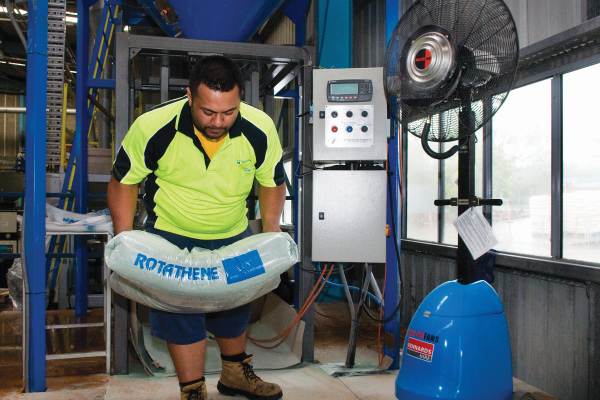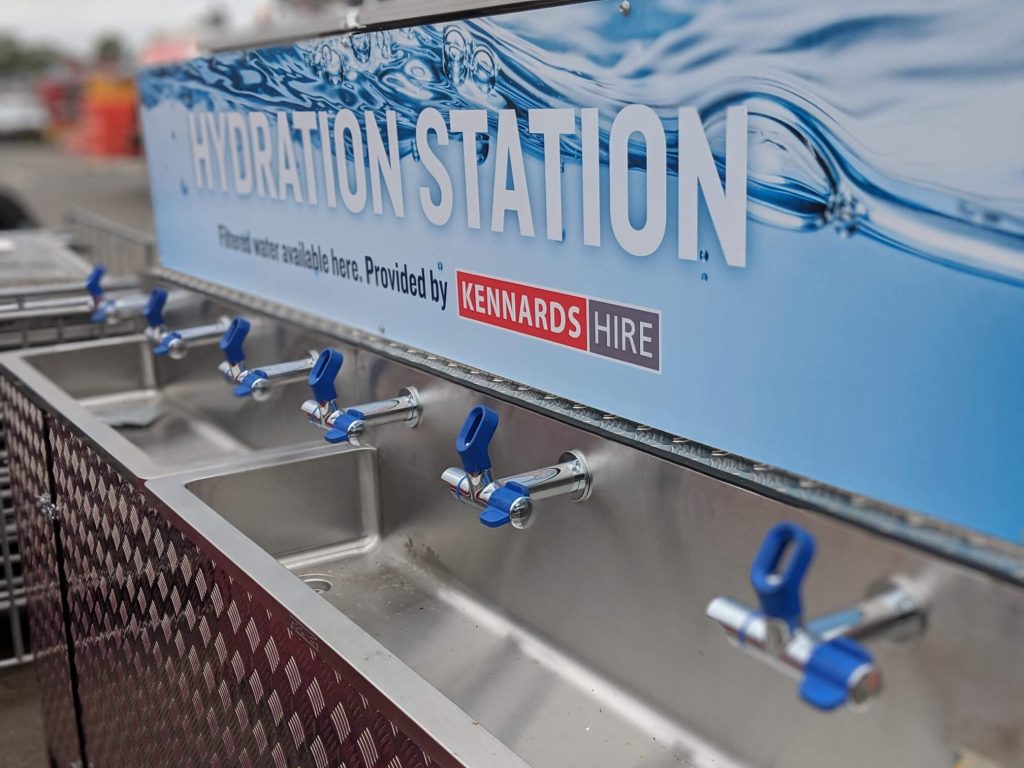The heat is on: Staying safe on site this summer

Working in the sun and being consistently exposed to UV rays can cause serious damage and in some cases death. Kennards Hire head of safety Roy Gumkowski provides his key strategies for workers to beat the heat.
As a highly physical, predominantly outdoor industry, the risk to construction workers during the hotter summer months is real.
Heat is the most dangerous extreme weather event, accounting for more deaths than any other natural disaster over the past decade and leading to thousands of injury hospitalisations every year according to the Australian Institute of Health and Wellbeing.
It’s like we’re on a tightrope, trying to balance maintaining a major industry while also ensuring that workers are kept safe during the hottest months of the year, and whilst wearing personal protective equipment (PPE) like long sleeves, hats and sunnies are very important, there are more ways to stay safe on site this summer.
Have a ‘people first’ mindset
Summer safety isn’t a one-size-fits-all approach because people are as diverse and complex as the jobs they do, the projects they work on and the varying geographies they work in.
Site supervisors should know the health and well-being of their staff generally so that they can properly plan work around their strengths and any health challenges. This will not only keep their workers safe and reduce the risk of injury but also empower them to work more efficiently.
When considering how to best meet the general well-being of individual employees on your worksite, and how to help them stay safe during summer, providing various locations with shade and water fill stations goes a long way in providing relief from the heat and essential hydration.
For project sites located in regions with extreme heat, where workers are more susceptible to fatigue, be vigilant to identify all factors that may cause harm. For example, plan ahead to maximise work efforts in the cooler hours, ensure breaks are scheduled and taken and be aware of workers on your site with pre-existing health conditions that may be exacerbated by heat.
Make sure all workers are wearing the correct PPE for working in heat such as light, breathable clothing, cooling vests and sun protection.
Plan to work around heat, not with it
The next step is to consider the requirements of the job and plan your day accordingly.
Every site is built differently because every job is different. There are some sites with natural areas for shade or regular cooling wind ventilation, and others that are notorious for feeling like you’re inside a hot box.
Extreme heat events have become more frequent over the past century and there are important factors to keep in mind when on the tools according to the Bureau of Meteorology. For example, if your crew will be working on bitumen which, while being known for its adhesiveness and resistance to damage, conducts heat and raises the temperature of that environment over and above other surfaces, you need to ensure that you’re working at a time where that heat remains at a safe level.
A similar environment is working on a roof that holds no shade from the sun and regularly reaches unsafe temperatures during summer.
An easy way to do this is to start earlier and finish earlier. The hottest time of the day is around 3pm, so ensure that you’ve finished before then with any particularly difficult tasks being completed before 10:30am. With the introduction of services like 24-hour equipment returns offered by Kennards Hire, working outside of traditional business hours is becoming more feasible.

Keep it cool
The biggest trick to managing heat exhaustion isn’t just staying hydrated, it’s cooling the core of a person’s body.
Though an ice bath might be an effective method of cooling a person down, we know this isn’t feasible on a job site, so you need to find other ways to keep your workers cool on-site. Mine sites tend to do this well, with portable ice-cool vans available around the site for workers who are experiencing heat exhaustion.
Job sites that have a temporary office can also make use of air conditioners and misting fans that employees can use during breaks or when they feel themselves heating up.
Finally, portable fridges can provide access to cool water and other forms of hydration, such as icy poles, for workers to access whenever they need to hydrate.
If you’re thinking you haven’t got the equipment at hand, items like portable generators to support air cons and moisture fans for cooling are widely available to hire at places like Kennards Hire.
When it comes to keeping workers safe this summer, site supervisors need to ensure they are staying flexible and adaptable to any changes to the environment. By keeping a close eye on workers and ensuring they are staying hydrated and cool throughout the day, they can lower the risk of heat-related injury while keeping Australia’s construction industry thriving.
